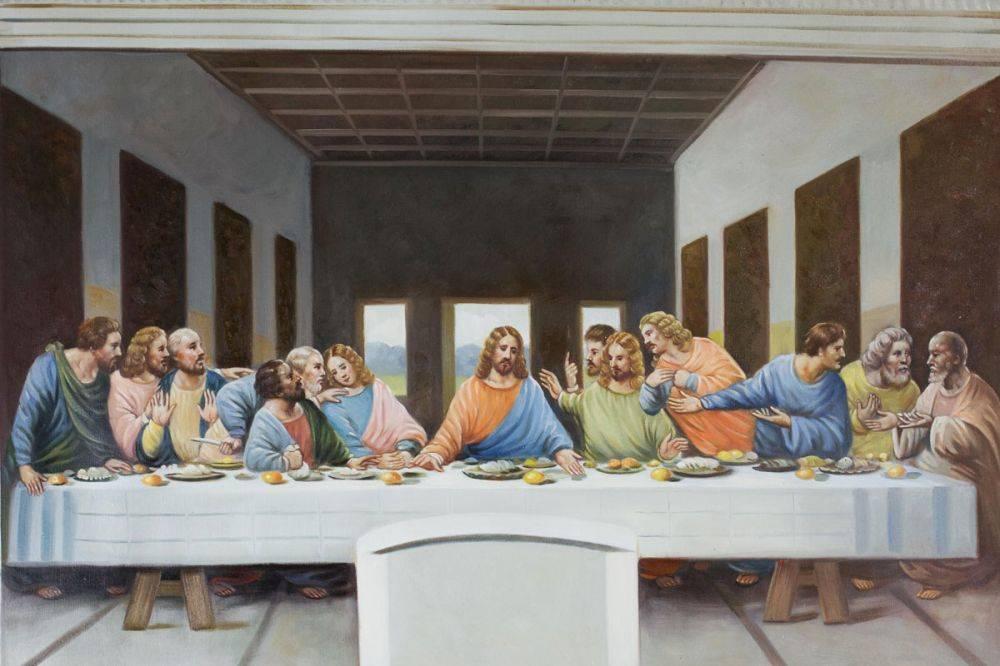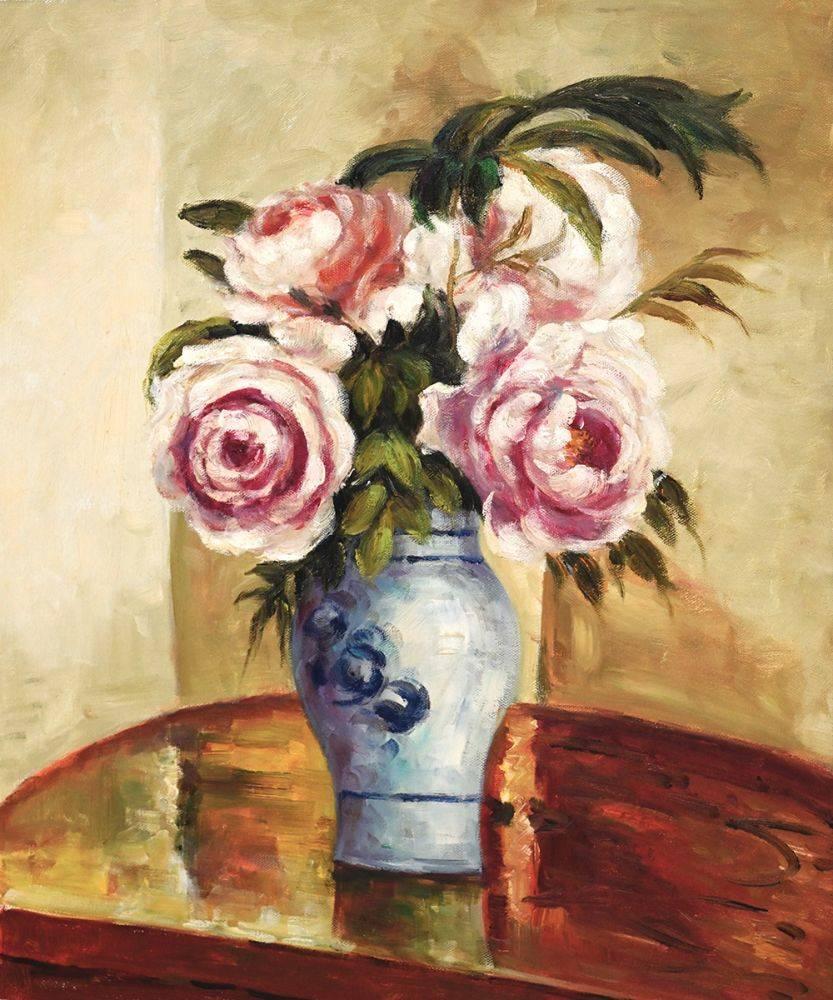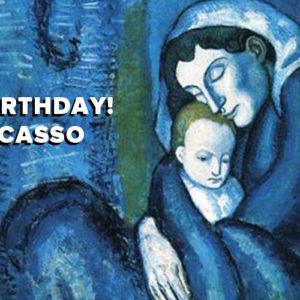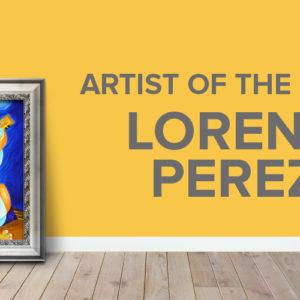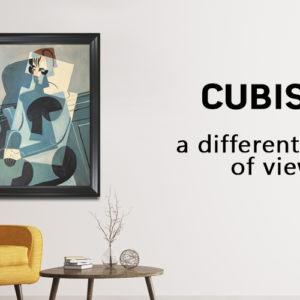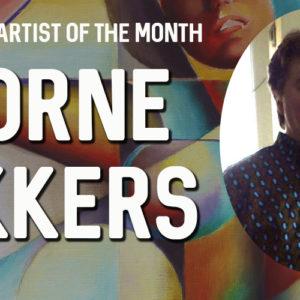Art
Becoming Picasso
 When we think about Pablo Picasso, we think he was genius. But he was a child once. He was a student, too. He had his fears and doubts. What was the road that made Picasso become the contemporary art genius symbol?
When we think about Pablo Picasso, we think he was genius. But he was a child once. He was a student, too. He had his fears and doubts. What was the road that made Picasso become the contemporary art genius symbol?
His life is seemingly divided by a series of important events which lead him to become the greatest painter of the 20th Century. Picasso dedicated his body and soul to painting. His father, who was also a painter, teaches him Catalonian painting techniques which are his first steps to becoming an artist.
By the end of the First World War, Pablo does not seek any artistic recognition, he doesn’t take part in any exhibition. The amazing precocity of the young artist is developed under the careful guidance of his father. His first true painting is believed to be “Picador,” made in 1890. His brilliancy is tied to the story that tells how Pablo promoted all the entrance exams at the Fine Arts School in Barcelona in just one day.
In his first studies, young Pablo is directed by his father to the sacred art. This is when at Jose Garnelo Alda’s workshop, Picasso made the “First Communion,” in the winter of 1896. The painting was accepted at the Municipal exhibition in Barcelona, and is the first officially recognized academic work. The painting has enjoyed such success, that he receives an order from a monastery in Barcelona. Picasso claimed that these were his first sold paintings.
Later, Picasso becomes exposed to the Prado Museum painters, specifically El Greco. El Greco supposedly influenced Picasso when he was going through the so-called “blue period.” The success of the religious art makes him try and paint a larger picture, “Science and Charity.” Legend has it that the canvas was so big that it had to be inserted into the workshop, through the window. However, an X-ray examination revealed that this painting was made over another drawing, a scene of a battle. The recycled canvas was a common habit in his youth, for economic reasons. The custom was kept up until his first Parisian success. Even though these paintings haven’t got the same values as the cubist ones, they are considered to be studies that have led him to follow the path of Cubism.
In the coming years, Picasso learns techniques that distance him from the academic style. In Barcelona, around 1907, he is part of a group of artists who frequent the cabarets and have a culture that oscillates between English Pre-Rafaelism and an attitude of bohemian life. Therefore, Picasso dedicates his paintings to numerous cabarets. In 1909, Pablo has his first solo exhibition with a few charcoal drawings, portraits of his friends made in expressionist style. It is also the time when he decides to change his pattern name, Ruiz to Picasso, his mother’s surname.
In that autumn, Pablo meets the avant-garde Paris. On this occasion, he made one of the first paintings that ultimately defined his own personality, “Mill of Galette.” This was also his first sold canvas in France. Picasso began increasingly more to break from the Catalan style and is inspired by the representative painters of Post-Impressionism. He is drawn, in particular, to Toulouse Lautrec’s paintings.
The most common theme among the Catalans was the night life. Therefore, this could not be left out from Picasso’s paintings during his stay in Paris.
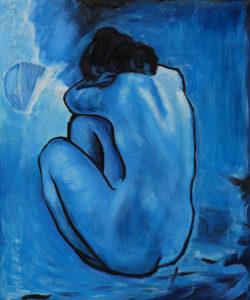 In the coming years, he spent time traveling between Spain and France. These years were marked by poverty, but rich in artistic experience. It is the period in which blue predominates in his paintings. The artist becomes concerned with the symbolic approach rather than painting the reality as true as possible. The Blue Period begins with works inspired by the death of his friend, Casagemas. The paintings capture characters encountered in his travels around the year 1902. Representative for this period is the “Blue Nude.”
In the coming years, he spent time traveling between Spain and France. These years were marked by poverty, but rich in artistic experience. It is the period in which blue predominates in his paintings. The artist becomes concerned with the symbolic approach rather than painting the reality as true as possible. The Blue Period begins with works inspired by the death of his friend, Casagemas. The paintings capture characters encountered in his travels around the year 1902. Representative for this period is the “Blue Nude.”
Picasso permanently moved to Paris in 1904, when he attempts the Catalan’s colony meetings, and makes numerous visits to the Medrano Circus. This is when the harlequins came in his center of attention and become a predominant theme in his paintings. At the same time, he gets rid of the Symbolism style and takes as a reference point the French artist’s style such as Vincent Van Gogh and Paul Gauguin. From Paul, he acquires a primitive approach. From the almost monochrome palette he used in the blue period, his paintings are now rich in color and his characters are from the circus world. In 1905 two of these works are on display for a while at the Venice Biennale.
The paintings were withdrawn by the exhibition officer after just a few days because they were considered to be scandalous for those times. This is why for many years, Picasso didn’t want to participate in any official exhibition. Instead, he starts to be passionate about the “art negre” style from which he gets inspired to make cubist paintings. This was the beginning of a new era for him as well as for the world he inspired.
The authentic painters can never lie on laurels. They know only to lead an eternal and miserable existence, that of painters.” – Pablo Picasso
